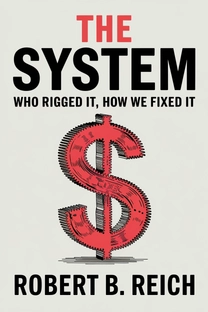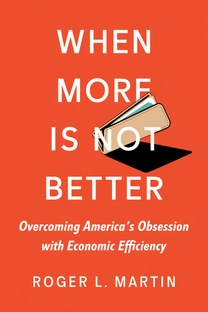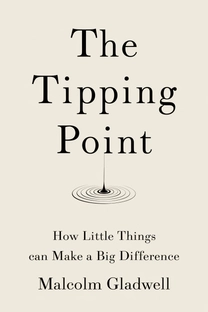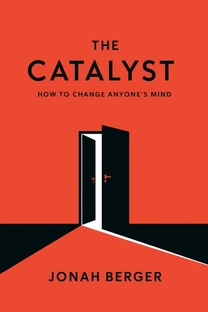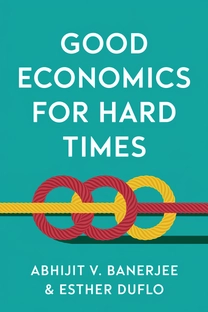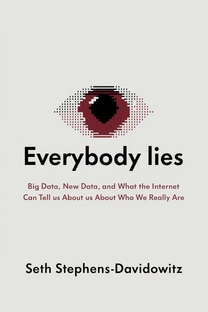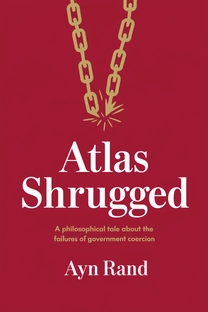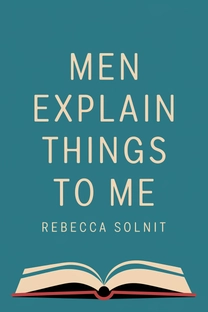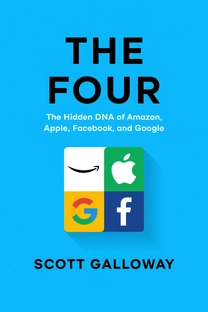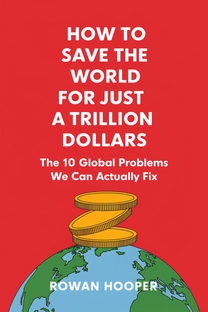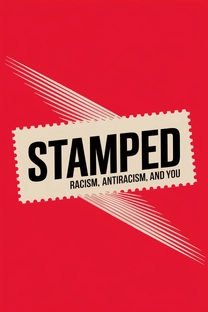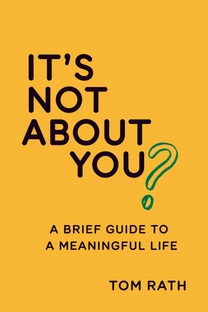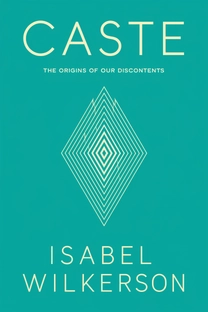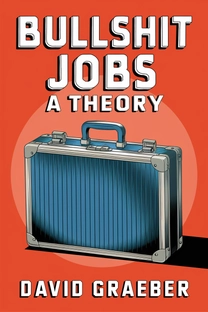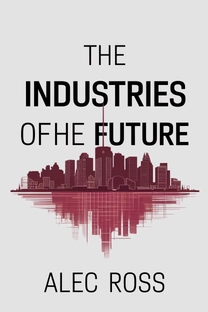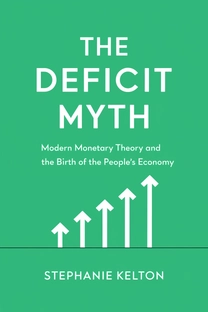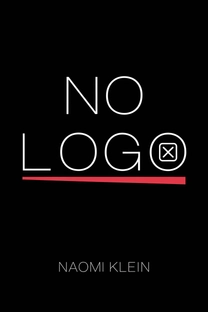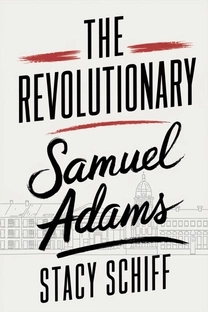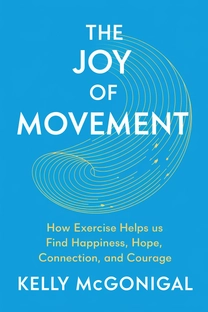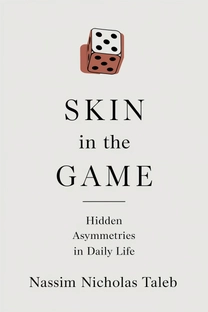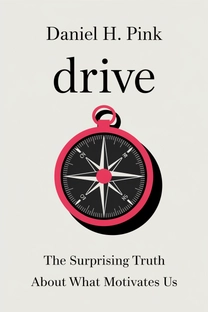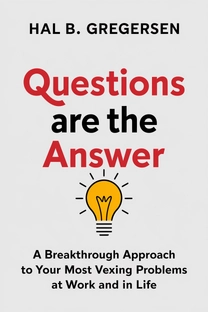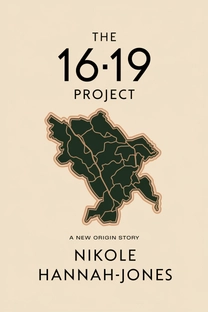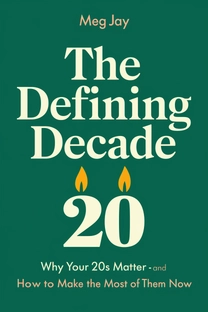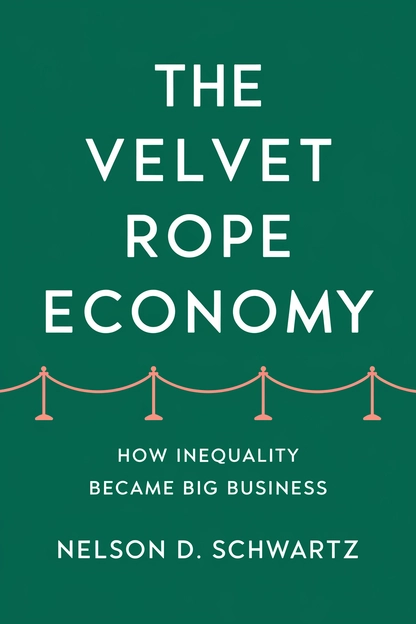
The Velvet Rope Economy
How Inequality Became Big Business
by Nelson D. Schwartz
Brief overview
This book shows how businesses increasingly cater to the wealthy through special perks and services, leaving everyone else in slower lines, lower-quality options, or fewer opportunities. It illustrates how these invisible ropes segment society in areas like travel, healthcare, public spaces, sports, and more. By delving into social experiments, personal stories, and economic data, readers will discover how these tiered systems affect us all—and what can be done to close the gaps.
Shifting Lines of Access
Let’s begin with a small scene: someone breezes by in a priority lane at the airport, coffee in hand, while everyone else stands in a long security line. These moments speak volumes about modern trends—where paying extra often buys you faster service, better seats, or special treatment.
Decades ago, the notion that you could pay to skip lines was limited. Now, entire business models revolve around offering a premium experience to the wealthiest tier. It’s cash that unlocks convenience and comfort, and businesses profit handsomely by creating exclusive tiers.
A visit to a ballgame, a doctor’s office, or even the local theme park can reveal the same pattern: Those who pay more avoid hassle and enjoy prime spots. Meanwhile, everyone else struggles through a slower path.
This structural shift didn’t emerge overnight. It’s fueled by widening gaps in income and by a social acceptance that it’s perfectly fine for one group to purchase advantages far surpassing basic comfort.
Exclusivity on the Rise
Today’s businesses use exclusivity to attract big spenders. Whether it’s a private terminal for flights or early reservation perks at a fancy restaurant, these premium offerings promise fewer crowds and more personalized services.
Historically, societies had aristocratic layers made obvious by cloaks and crests. Now, corporate loyalty clubs and secret airline statuses create subtle badges of rank. They’re designed to make some customers feel singled out and valued, while others remain out of sight.
One striking element is how these exclusive zones often hide behind innocuous names—“platinum level,” “concierge,” “priority”—but are formed with the same end: keep the wealthy separate for a premium price.
In certain corners of the market, even basic goods or services might adopt tiers. Once businesses see the money in premium segments, they ramp up more advanced versions—first-class cabins, backstage passes, or behind-the-scenes meet-and-greet events.
What is The Velvet Rope Economy about?
"The Velvet Rope Economy: How Inequality Became Big Business," authored by Nelson D. Schwartz, delves into the invisible barriers that increasingly separate the wealthy from the rest in various sectors, from travel and healthcare to sports and public spaces. Through rigorous exploration of economic data, social experiments, and compelling personal narratives, Schwartz uncovers how businesses profit by creating exclusive tiers, essentially creating modern-day velvet ropes. The book highlights the profound impact of these tiered systems on everyday lives and posits essential strategies to bridge these divides and foster a more inclusive society.
The book uncovers how exclusivity has shaped modern consumer experience. Readers gain insights into why privileging the wealthy has become a lucrative business model and how this stratification affects everyone else. By examining themes like status, envy, and societal values, Schwartz offers a window into the institutional and personal implications of this divide. Ultimately, "The Velvet Rope Economy" challenges readers to reconsider the societal factors and business practices contributing to this expansive economic gap, paving the way for dialogue and change.
Review of The Velvet Rope Economy
"The Velvet Rope Economy" by Nelson D. Schwartz tackles a critical and pressing issue with nuance and clarity. Schwartz’s well-researched work identifies the growing economic divide that privileges the wealthy while marginalizing others. His incisive analysis not only accounts for how businesses exploit exclusivity but also the inevitable ramifications on society at large. The book's strength lies in its comprehensive approach—from the airline industry to educational institutions, Schwartz explores how privilege buys better experiences, faster services, and more opportunities. This exploration presents not only an indictment of current trends but also proposes proactive solutions for achieving a more equitable society.
One of the book's unique aspects is its synthesis of economic analysis and personal stories, which imbues statistics and data with palpable urgency. This allows readers, regardless of prior knowledge, to engage effectively with the content while appreciating the broader societal implications. Furthermore, Schwartz employs a conversational and accessible writing style that strikes an intelligent balance between rigorous analysis and readability. "The Velvet Rope Economy" equips readers with practical takeaways, elucidating methods for incorporating equitable practices within businesses and society. Aimed at those genuinely interested in understanding and addressing economic inequality, the book is an unmissable read that educates and inspires.
Ultimately, "The Velvet Rope Economy" deserves attention from anyone disturbed by rising inequality and interested in actionable solutions. It’s a well-argued examination whose enlightening perspectives encourage readers to consider the broader implications of prioritizing the few over the many. This indispensable book is a must-read, offering crucial insights for consumers, policymakers, and business leaders alike.
Who should read The Velvet Rope Economy?
- Economic policymakers interested in regulating profit-driven activities that exacerbate inequality can gain actionable insights from Schwartz’s analysis.
- Social scientists will find the book’s blend of economic and psychological perspectives a valuable resource for understanding the contemporary social stratification.
- Business leaders aiming to implement inclusive organizational strategies can learn about the pitfalls of exclusivity and potential routes to more equitable practices.
- Educators and students in economics and social sciences will benefit from the book's data-backed insights, relevant case studies, and real-world implications.
- General readers concerned about rising inequality will appreciate an accessible, thought-provoking work that challenges societal norms and suggests paths to fairness.
About the author
Book summaries like The Velvet Rope Economy
Why readers love Mindleap
10-Minute Book Insights
Get the core ideas from the world's best books in just 10 minutes of reading or listening.
Curated For You
Discover your next favorite book with personalized recommendations based on your interests.
AI Book ExpertNew
Chat with our AI to help find the best book for you and your goals.
Reviews of MindLeap
Love how I can get the key ideas from books in just 15 minutes! Perfect for my busy schedule and helps me decide which books to read in full.
Alex R.
The summaries are incredibly well-written and the audio feature is perfect for my commute. Such a time-saver!
Jessica M.
Great app for personal growth. The insights are clear and actionable, and I love how they capture the essence of each book.
Chris P.
The app is beautifully designed and the summaries are top-notch. Definitely worth every penny!
Sarah K.


